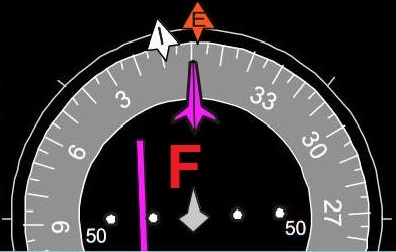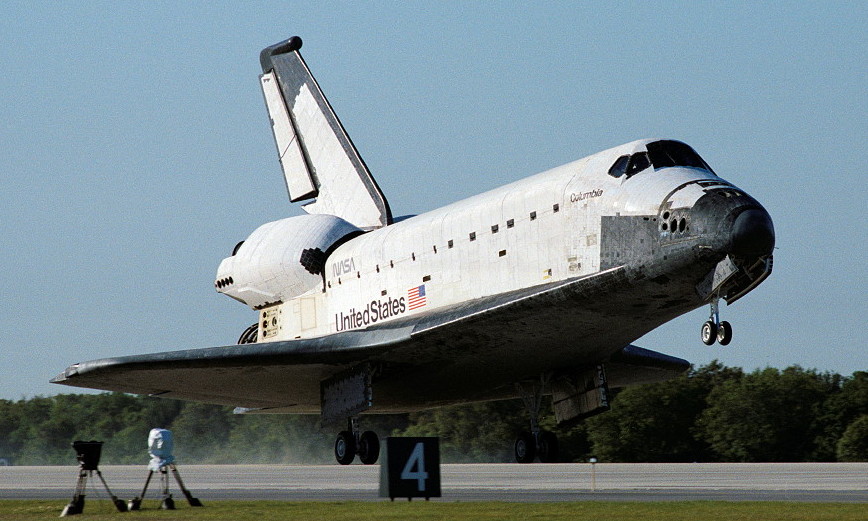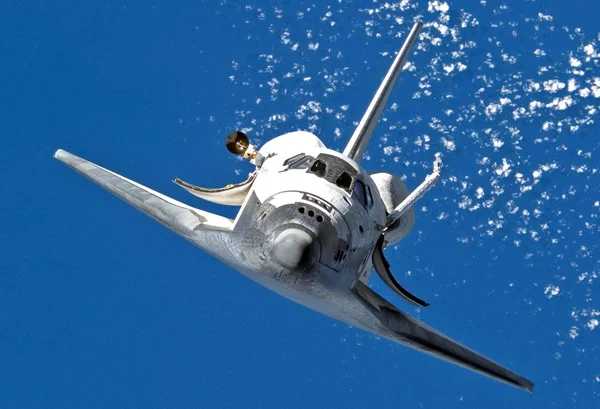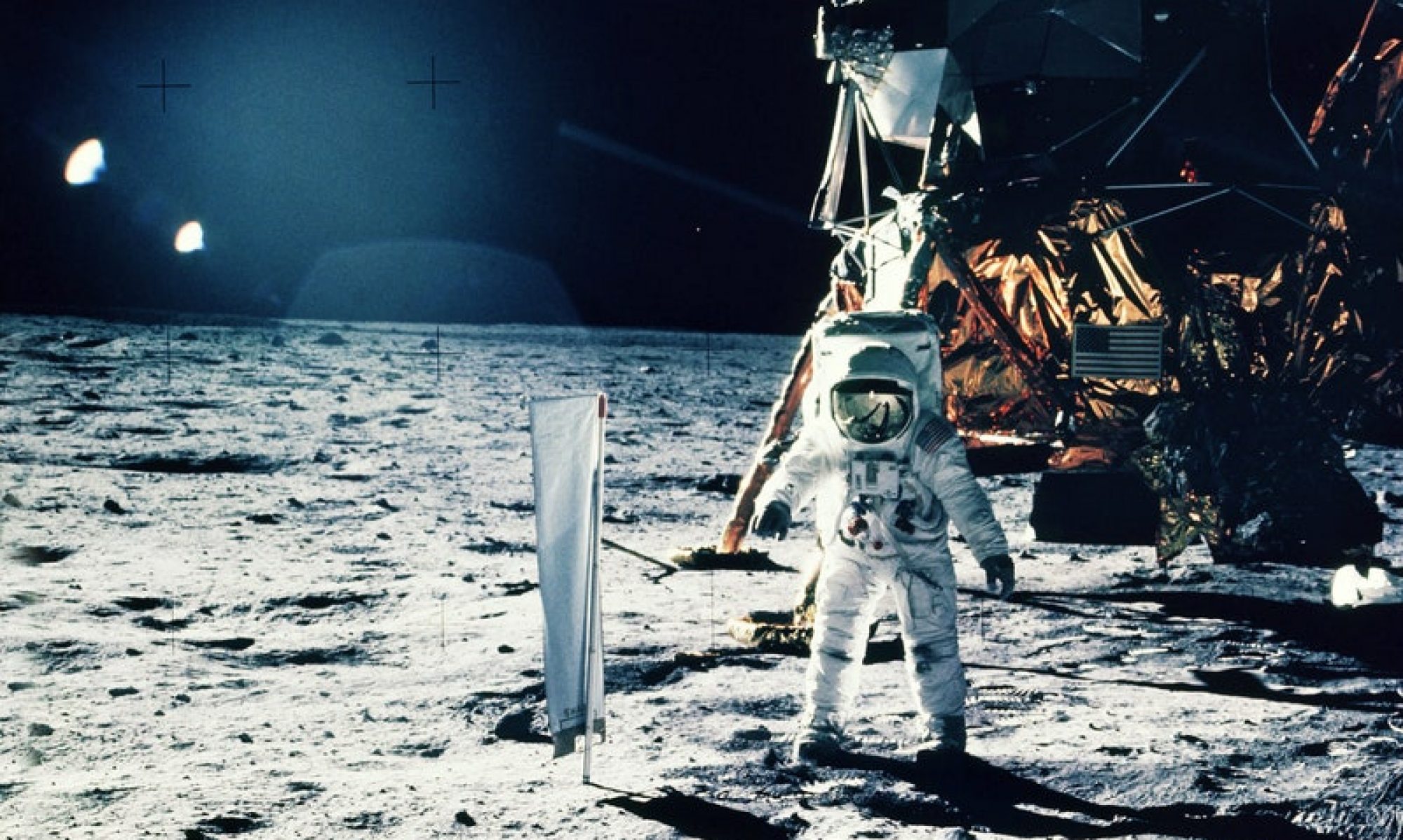The Space Shuttle’s Compass Card: The Overlooked Hero That Let the Space Shuttle Land Like an Airplane
There’s a quiet hero in the cockpit of the Space Shuttle. It doesn’t get the flashy headlines like the SRBs or the orange tank. It’s not fiery or fast. It doesn’t punch through the atmosphere or light up the sky. But without it, the Shuttle would never have touched down like a bird returning home from the stars.
That unsung hero?
The Space Shuttle’s Compass Card.

Yes, that simple-looking gray ring nestled in the Shuttle’s Horizontal Situation Indicator (HSI). It’s not just a throwback to aviation’s golden age—it is the very DNA of flight, stretching from barnstormers and airmail pilots to Mach 25 returns from orbit.
Let me explain why this humble instrument made the Shuttle the only spacecraft in human history that could go to orbit and land on a runway like a plane.
🚀 Flying Home from Orbit Like an Airplane
The Shuttle wasn’t just a spacecraft. It was a flying machine. The moment it reentered Earth’s atmosphere, it became an unpowered glider—one with the glide ratio of a brick, mind you—but a glider nonetheless. And that meant it had to fly a precise heading, align with a real-world runway, and touch down with grace. And the compass card? It was essential for that.
The Compass Card displayed magnetic heading—not true north, not star trackers, but good old-fashioned magnetic north. Just like airplanes use.
Why? Because every runway on Earth is aligned to magnetic north. If you’re landing on Runway 27, that’s a 270° magnetic heading. Runway 14? That’s 140°. Pilots navigate with magnetic headings because runways are charted that way. And the Shuttle, when it came home, wasn’t aiming for a helipad or splashdown zone—it was threading a needle for Kennedy Space Center’s Runway 15 (or Edwards Air Force Base’s Runway 22, if needed). You don’t land a spaceplane on a splash.

That’s why the compass card wasn’t some antiquated leftover. It was the key to aligning a vehicle returning from 17,500 mph to wheels on the ground—on a centerline.
✈️ Roots in the Cockpit: From Airmail to Astronauts
Long before the Shuttle, long before jetliners and GPS, there were the airmail pilots of the 1920s and ’30s. They flew through around clouds, storms, and darkness with only a magnetic compass to guide them. No fancy heading indicators, no radio nav. Just magnetic north and grit.
Their runways? Aligned with magnetic headings.
Their navigation? Dead reckoning and compass turns.
Their legacy? Embedded directly into the Shuttle’s cockpit.
The compass card in the Shuttle might look digital, might be nestled among some of the most advanced avionics ever built—but its logic is pure, vintage aviation. It rotates counterclockwise as your heading increases clockwise. It shows where you’re pointing, not in celestial terms, but in magnetic ones—just like the airmail pilots needed.
That’s not nostalgia. That’s engineering continuity from the dawn of flight to the era of reusable spaceplanes.
🛬 Why It Matters: The Most Successful Reusable Rocket Ever Built
Let’s not forget what the Shuttle pulled off:
- Launched like a rocket
- Orbited like a satellite
- Reentered like a meteor
- Landed like an airplane
No other crewed spacecraft in history—not Soyuz, not Apollo, not Dragon, not even Starship yet—has flown multiple people to orbit and back and landed them on a runway.
Each of those landings relied on magnetic navigation, powered by the Compass Card, to align with a real-world, Earth-based runway. And the fact that it landed with wings instead of parachutes gave the Shuttle precision, reusability, and a true pilot’s cockpit—something no capsule could offer.
And while the Shuttle program is retired, the legacy of that Compass Card lives on. It reminds us that flight—whether across the prairie or from orbit—demands precision, orientation, and awareness of where you are and where you’re heading.

💫 Final Thoughts from Your Spaceflight Instructor
Next time you see a picture of the Shuttle cockpit, look down at the lower half of the Primary Flight Display. Find that gray ring—the Compass Card. Think about every pilot, astronaut, and engineer who trusted it to bring them home.
And remember: from biplanes to spaceplanes, magnetic heading still rules the runway.
Enjoyed this post? Share it with your fellow spaceflight nerds, pilots, and dreamers. And if you want deeper dives into Shuttle systems, procedures, and instruments—consider joining me over on Patreon. Let’s keep flying.
Our Most Popular e-Book on the Apollo Spacecraft
Apollo 11 Guide: Interactive Guide of the First Spacecraft to Bring Man to the Moon
We took the paper version of the NASA Apollo Operations Handbook (AOH) for the Apollo Command Module and converted it to an electronic format with a better font for easier reading. The hyperlinked content allows the reader to find Apollo program content 3 times faster than normal e-books. And the Pinch and Zoom images allow for diagrams to be enlarged for easy viewing. This section contains information identifying the physical characteristics of the docking system and the operations associated with docking and separation. Take a look HERE

The legacy of the space experiments is vast. From pinpointing the Earth’s distance from the Moon to inspiring the GPS technology we rely on daily. This small device has done so much. See more articles like this at our Blog – Spacecraft Guide. Share this article to show why we must keep reaching for the stars.
